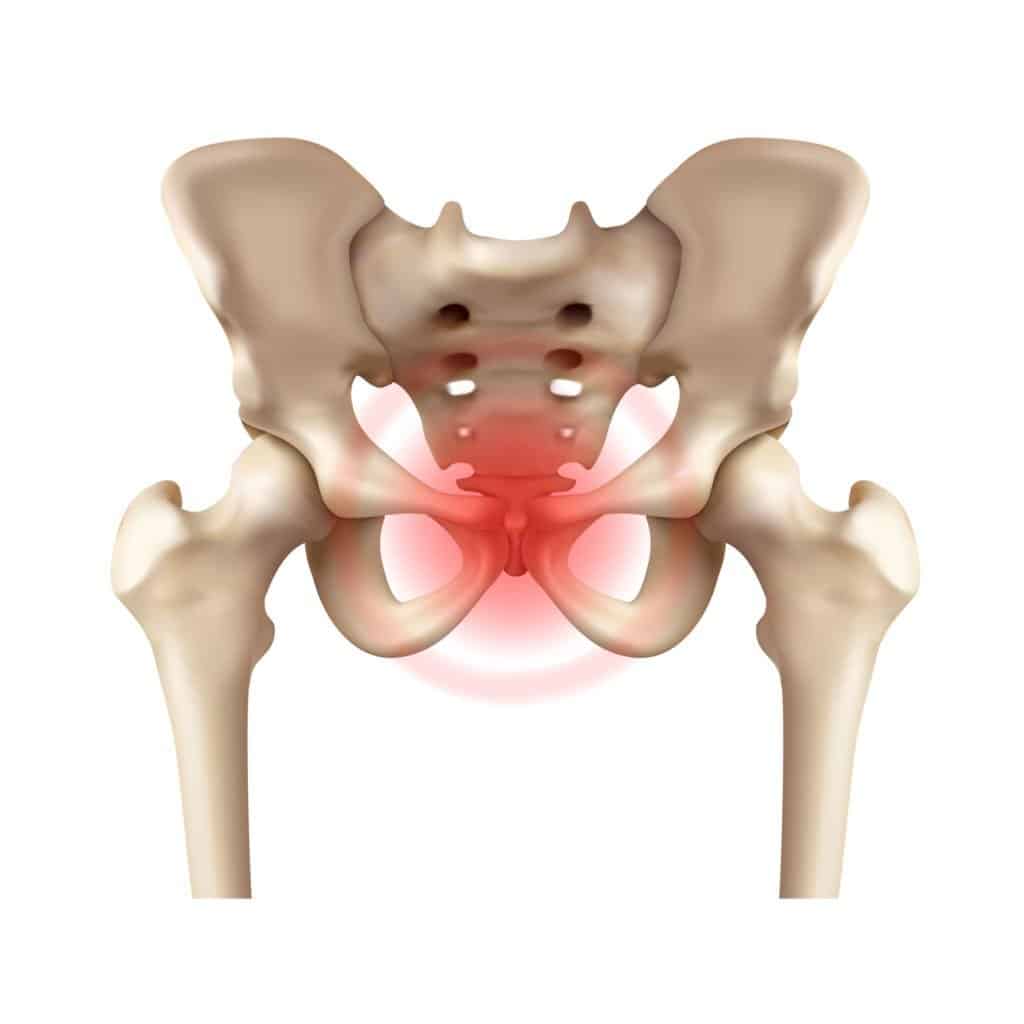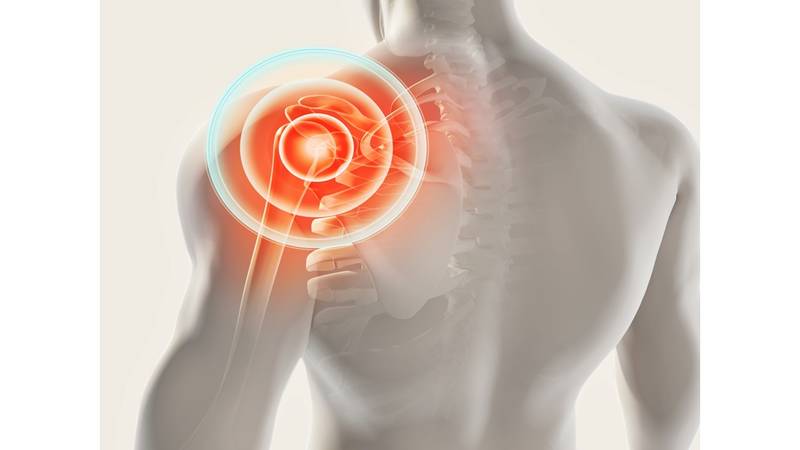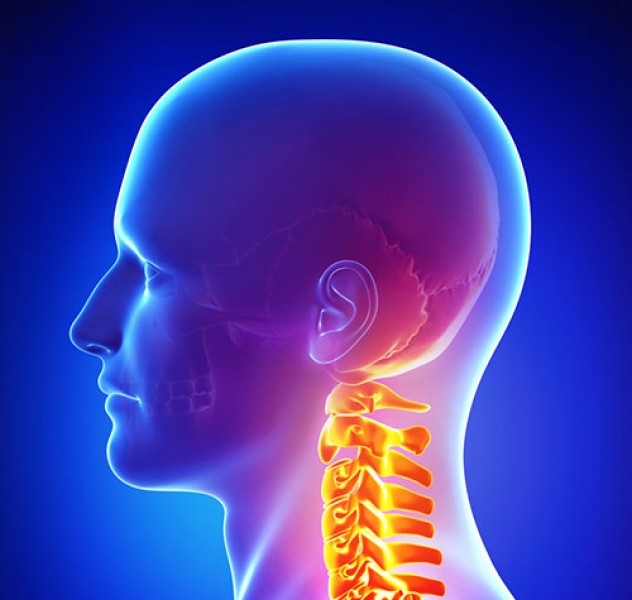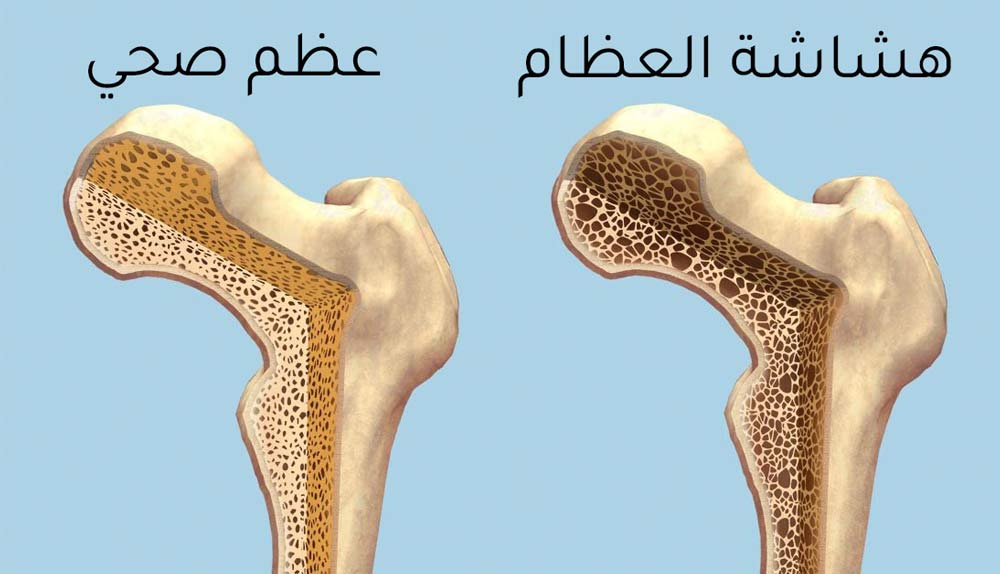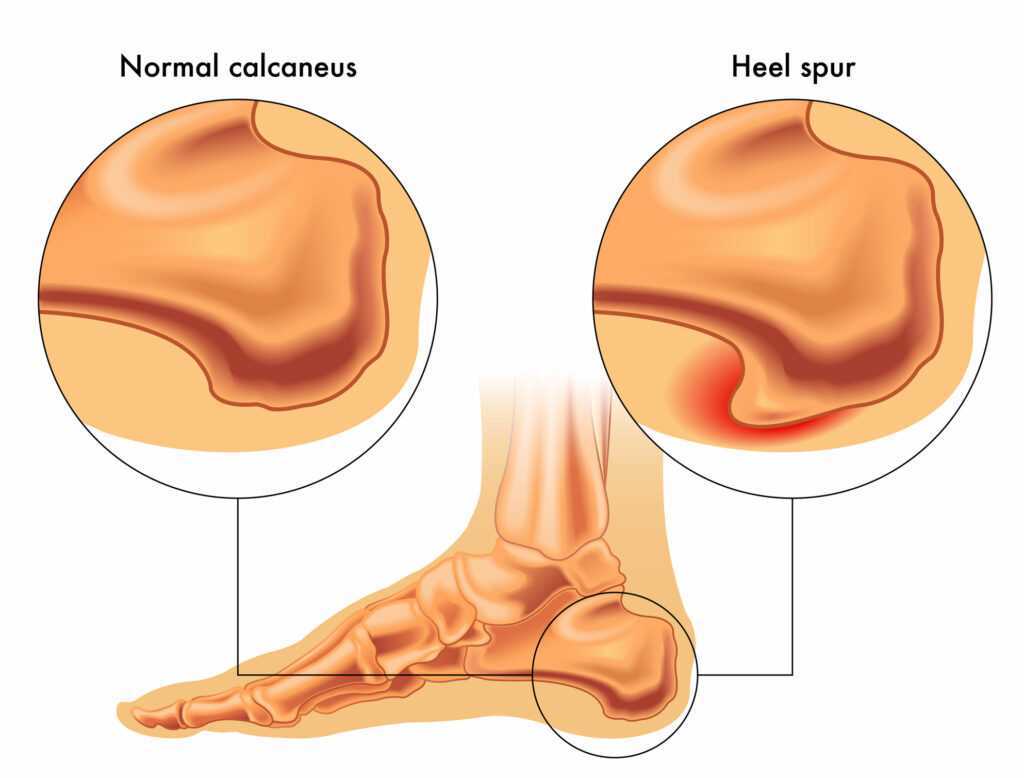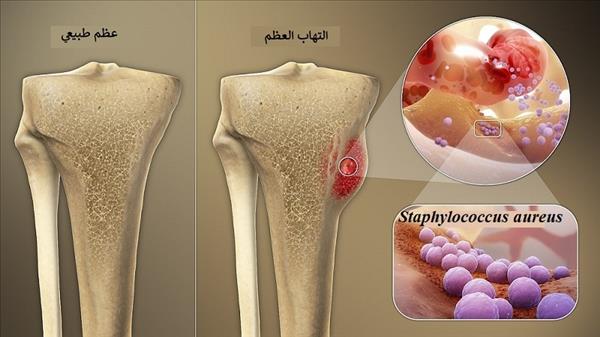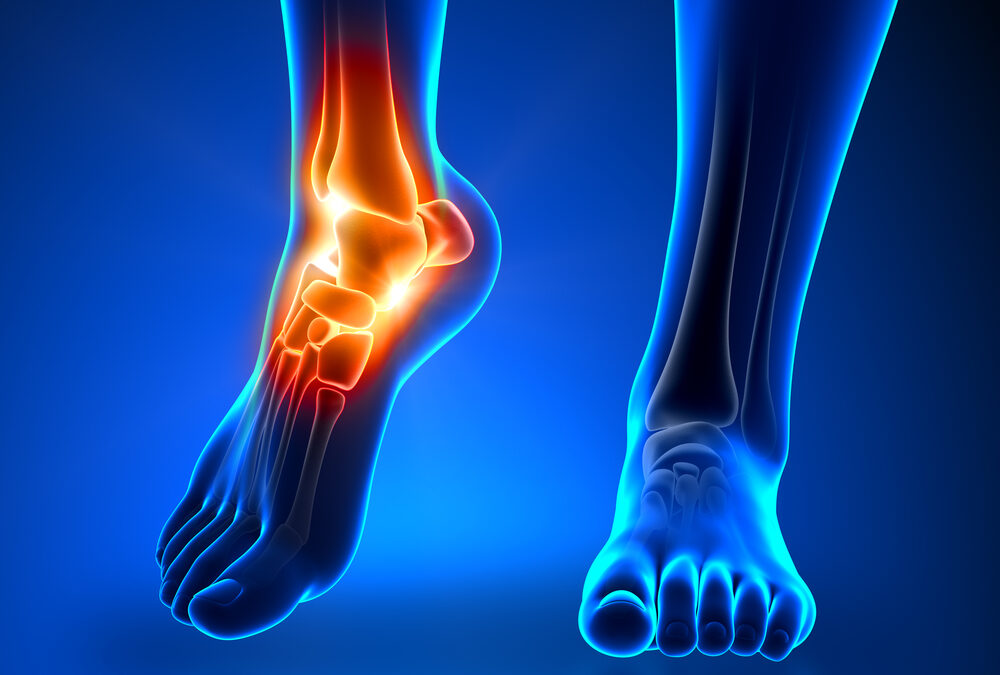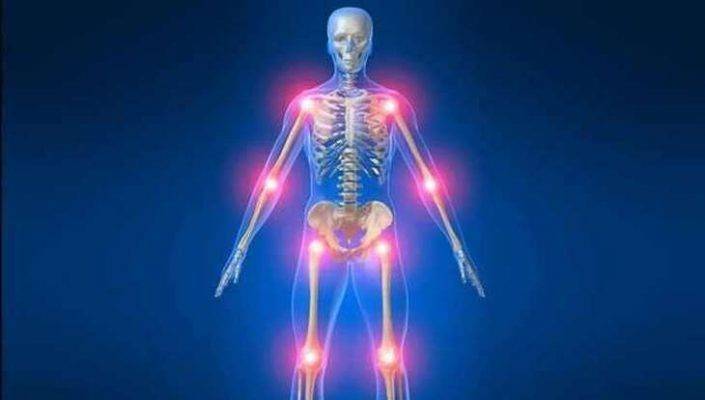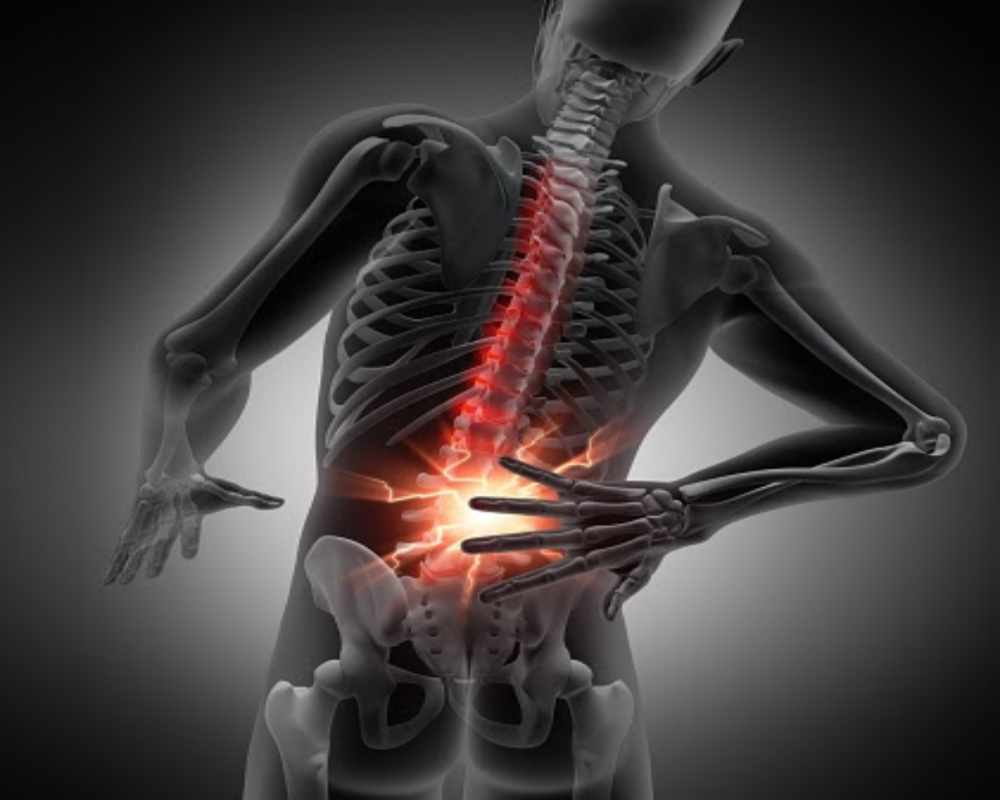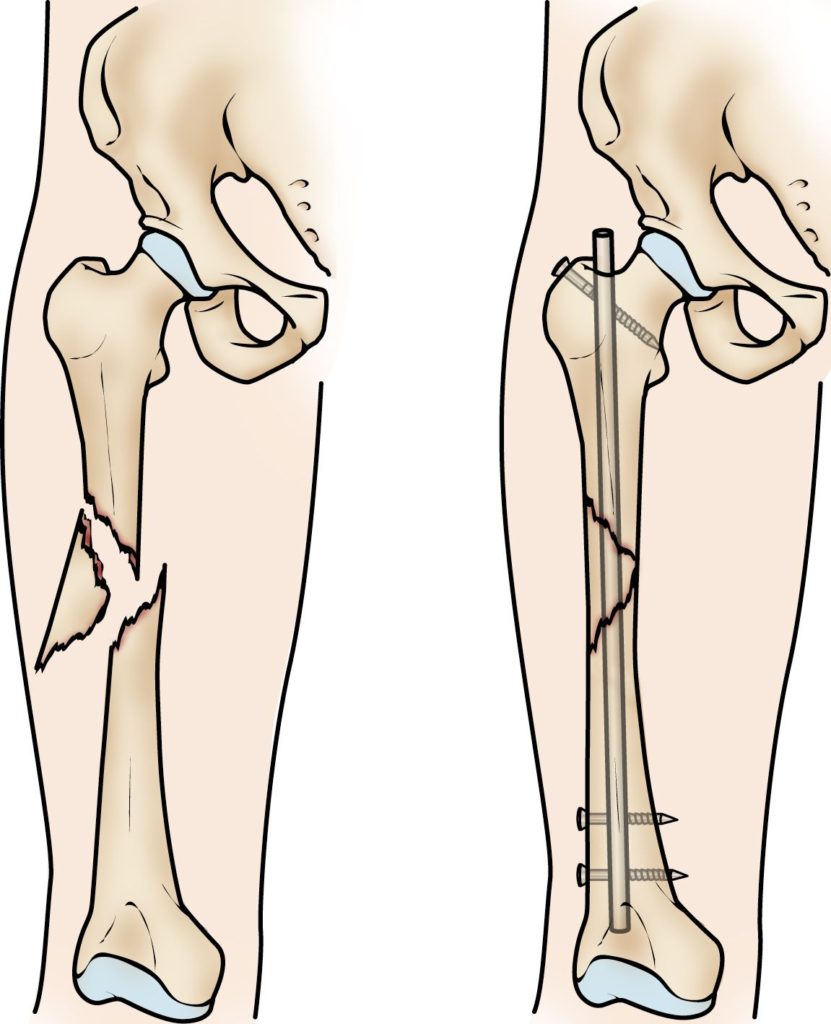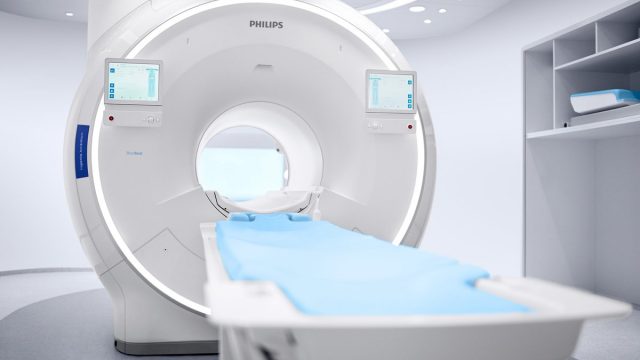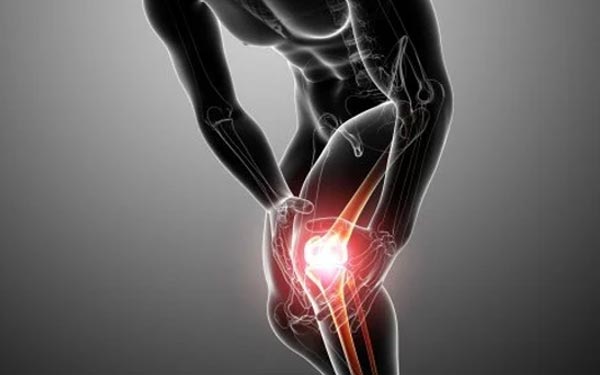Learn About Foot Tendons with Pictures and the Appropriate Treatment

Foot Tendons with Pictures
Parents, have you ever heard of “foot tendons”? They are important parts of your feet that support and move them. In this article, we will talk about foot tendons and their proper positions. This information will be useful for men and women of all ages, regardless of their level of physical activity. Learn about foot tendons and how to take care of them. We will also provide you with pictures to illustrate the different parts of foot tendons.
- Anterior Tibialis Tendon
- Located in the front part of the foot.
- Its function is to lift the foot upward during walking.
- If you feel pain or swelling in this tendon, you may need to consult a doctor.
- Extensor Digitorum Longus Tendon
- Located in the upper part of the foot.
- Its function is to lift the toes upward.
- This tendon tightens during walking and running, so it is essential.
Long Extensor Hallucis Tendon
- Located on the side of the foot.
- Its function is to lift the big toe upward.
- You may feel pain in this tendon if you engage in intense physical activities.
Third Peroneal Tendon
- Located on the lateral side of the foot.
- Its function is to guide the foot outward.
- Strain in this tendon can lead to difficulty in directing the foot.
Long Extensor Digitorum Tendon
- Located in the back part of the foot.
- Its function is to lock the toes in a walking position.
- If you feel pain in this tendon, you may need rest and care.
Achilles Tendon
- Located in the area of the heel.
- It is the strongest tendon in the foot.
- Its function is to stabilize the foot and increase stability during walking and running.
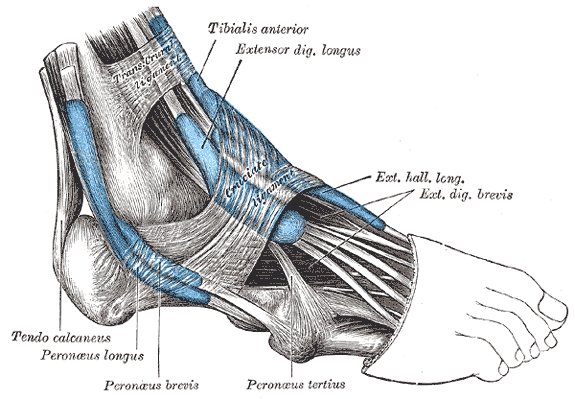
These were some of the main tendons in the foot and their different functions. By understanding these parts and how they work, you can be better prepared to take care of your feet properly. Here are some tips to maintain the health of foot tendons:
- Massage: Regularly massage your feet using a massage ball or specialized massage devices. Massaging will help relieve tension and stress in the foot tendons.
- Stretching Exercises: Perform stretching and lengthening exercises for foot muscles and tendons before and after physical activities. These exercises will improve the flexibility of tendons and prevent injuries.
- Choosing the Right Shoes: Select shoes that fit your feet perfectly and provide the necessary support for the tendons. Avoid wearing uncomfortable or tight shoes that put excessive pressure on the foot.
- Use Soft Insoles: Soft insoles or inserts can be used to provide comfort and support for foot tendons. These cushions can also reduce pressure on areas with high friction.
- Maintain a Healthy Weight: Your feet are under pressure from daily life, especially if you are overweight. Therefore, maintaining a healthy weight reduces stress on foot tendons.
If you are experiencing continuous foot tendon pain, it is best to consult a doctor. It may require a thorough examination and specialized treatment. Always remember that prevention is the best, so take care of your foot health and follow the tips we provided.
What are the symptoms of foot tendonitis?
Foot tendonitis is a common condition that many people experience. It occurs due to excessive stress on the tendons in the foot, leading to damage and inflammation. This inflammation can develop due to activities such as excessive jumping, intense running, or any other activity that places significant pressure on the foot. In this article, we will take a look at some symptoms of foot tendonitis and focus on how to recognize these symptoms.
Pain
Pain is one of the primary symptoms of foot tendonitis. The pain is often very sharp and bothersome, and it is typically felt in the heel or the upper back of the foot. Pain may increase when the patient walks or engages in physical activity and may be accompanied by a limited range of motion in the foot.
Swelling
Foot tendonitis is often associated with swelling in the affected area. This swelling occurs due to the accumulation of fluids and inflammation in the area of the affected tendons. Swelling can lead to a feeling of warmth in the area and discomfort.
Difficulty Moving
If you have foot tendonitis, you may find it difficult to move your foot properly. Walking, jumping, or moving in general may become challenging. The affected individual may feel tightness and restrictions in foot movement.
Irritation and Sensitivity
You may also notice irritation and sensitivity in the affected area. The skin around the tendons may be sensitive to touch, and this may be accompanied by itching due to irritation.
Unusual Sound
In some cases, you may hear an unusual sound or feel a sensation of roughness during movement. This sound may result from friction between the tendons and adjacent bones, leading to rubbing or popping.
The symptoms of foot tendonitis are common and include pain, swelling, difficulty moving, irritation and sensitivity, and unusual sounds during movement. If you experience any of these symptoms, you may have tendonitis in the foot. It is important to visit a doctor for an accurate diagnosis and the appropriate treatment plan.
What is the treatment for foot tendonitis?
What is the treatment for foot tendonitis? In this article, we provide comprehensive information about foot tendonitis and its treatment methods.
Rest: Rest is one of the most important treatment methods for foot tendonitis. The affected individual should refrain from activities that exacerbate pain and swelling in the foot for a period of time. Avoiding walking on hard surfaces and reducing the time spent walking or standing for extended periods is essential.
Ice Application: Applying ice is effective in reducing pain and swelling. A cold pack or a damp cloth can be used and applied to the affected area for 15-20 minutes every hour.
Compression Bandages: Compression bandages can be used to reduce swelling and stabilize the injured foot. The bandage should be applied carefully to ensure that blood flow to the foot is not compromised.
Avoid Painful Activities: It is advisable to avoid activities that increase pain and swelling in the affected foot. Walking on uneven or unstable surfaces, jumping, running, and making violent movements should be avoided.
Physical Therapy: Rehabilitation exercises as part of a physical therapy program are important for strengthening the muscles around the affected tendon. This helps improve foot mobility and reduce tension on the tendons.
Pain Relievers: Pain relievers can be used to alleviate the pain associated with foot tendonitis. It is advisable to consult a doctor before taking any medication.
Steroid Injections: In cases of persistent or acute tendonitis, a doctor may recommend steroid injections in the affected area to relieve pain and inflammation.
Shockwave Therapy: This treatment uses shockwaves to improve tendon healing and reduce pain. It stimulates tissue cell activity and facilitates the healing process.
Surgery: In cases of tendon rupture or failure of other treatment methods, surgery may be necessary. Surgical procedures may involve repairing or replacing the affected tendon.
Post-Surgery Rehabilitation: After surgery, the rehabilitation program includes physical therapy sessions and exercises to improve mobility and strengthen muscles.
It is important to remember that consulting a doctor is the first step in treating foot tendonitis. Chronic or worsening symptoms should not be ignored, and appropriate treatment should be sought as soon as possible.
So, if you are experiencing symptoms of foot tendonitis, do not hesitate to visit a doctor for an accurate diagnosis and appropriate treatment.
Side Effects of Some Medications: Some medications may cause foot tendon pain as a side effect, such as certain antibiotics or some medications for injuries and sprains. If you experience foot tendon pain after taking any medication, it is important to consult with a doctor. Other Conditions: Foot tendon pain may also be caused by other conditions, such as rheumatism or arthritis. It is advisable to consult a doctor if the pain persists for a long period without improvement.
There can be several reasons for foot tendon pain, ranging from tendon inflammation and tears to tendon sheath inflammation and the side effects of some medications. If you have any foot tendon pain, it is important to consult a doctor for diagnosis and appropriate treatment.
How to Strengthen Foot Tendons:
Foot tendons are among the most used tendons in the body, playing a crucial role in supporting and facilitating foot movement. Foot tendons are subject to constant pressure and stress, so it’s important to strengthen them to maintain foot health and prevent injuries.
In this article, we will provide you with some exercises and tips to strengthen foot tendons:
Balance Exercises: Walk on your tiptoes for a few minutes each day. This helps strengthen foot muscles and improve balance.
Toe Walking: Sit in a chair with your feet straight. Slowly raise your toes and hold them for a few seconds, then relax. Repeat this exercise 10 times.
Resistance Exercises: Use light resistance, such as a resistance band or cords, to strengthen foot tendons. Perform flexion and rotation movements with resistance. Repeat each movement 10 times.
Sensory Exercises: Sit in a chair with your feet at a natural position. Carefully spread your toes and hold this position for 10 seconds, then gently squeeze your toes together for 10 seconds. Repeat these exercises 5-10 times.
Foot Care: Gently massage your feet using a massage ball or a foot roller. This helps improve blood circulation and relieves tension from exercises.
Healthy Diet: Pay attention to consuming a balanced diet that includes the vitamins and minerals necessary for strengthening foot tendons. Consume foods rich in calcium and vitamin D, such as dairy products, fruits, and vegetables.
Before performing any exercise, consult your doctor or fitness trainer for proper guidance and to avoid any injuries. Be cautious and avoid exercises that cause pain or discomfort.
In conclusion, strengthening foot tendons can improve athletic performance and prevent injuries. Follow the exercises and tips mentioned above and continue to practice them regularly for maximum benefit.
How Do I Know If I Have Tendonitis?
Tendonitis is a common condition that affects many people worldwide. It can occur due to excessive stress on muscles and tendons or as a result of injuries resulting from strenuous physical activity or other conditions such as arthritis. In this article, we will highlight some common symptoms and ways to diagnose and treat tendonitis.
Here are some symptoms that may indicate the presence of tendonitis:
- Pain: Continuous muscle or body pain can be a clear sign of tendonitis. Inflamed tendons can be painful when the affected area is moved or pressed. The person may also feel pain when touching or moving the affected tendons.
- Swelling: Tendonitis may be accompanied by swelling in the inflamed area. This swelling may be temporary or persistent and may increase after physical activity or moving the affected muscles.
- Difficulty in Movement: The person may have difficulty moving the joints associated with the inflamed tendons. They may feel stiffness or weakness when trying to move the muscles or joints.
- Paleness: The person may notice a change in the color of the skin around the inflamed area. The skin may appear paler or redder in the area of tendonitis.
- Unusual Sound: The person may hear a popping or snapping sound when moving the inflamed tendons. This sound may be another symptom of tendonitis.
Now that you are aware of the common symptoms of tendonitis, here are some ways that can be used for diagnosis and treatment:
Physical Examination: A doctor may perform a physical examination to confirm the presence of tendonitis. The doctor may inquire about symptoms and the person’s medical history, then examine the affected area and move the tendons to look for any signs of inflammation.
Diagnostic Tests: The doctor may need to perform some diagnostic tests such as X-rays or ultrasound examinations to confirm the diagnosis of tendonitis and rule out any other medical conditions.
Rest and Non-Surgical Treatment: Rest and avoiding excessive strain on the inflamed tendons may be the first step in treatment. Ice can also be applied to the inflamed area to reduce pain and swelling. The doctor may also recommend taking pain relievers such as aspirin or ibuprofen.
Physical Therapy: The doctor may refer you to a physical therapist to strengthen and improve the flexibility of the muscles and tendons in the affected area. Physical therapy includes strength and stretching exercises that target the affected area.
Alternative Treatments: Alternative treatments such as massage, herbal therapy, and complementary medicine may be considered. These treatments can help alleviate pain and improve the condition of inflamed tendons.
In conclusion, if you have persistent and bothersome symptoms indicating tendonitis, it is important to consult a doctor. The doctor can diagnose your condition and develop an appropriate treatment plan to relieve pain and restore the health of the tendons. Recovery may take some time, so it is important to be patient and adhere to the treatment.

